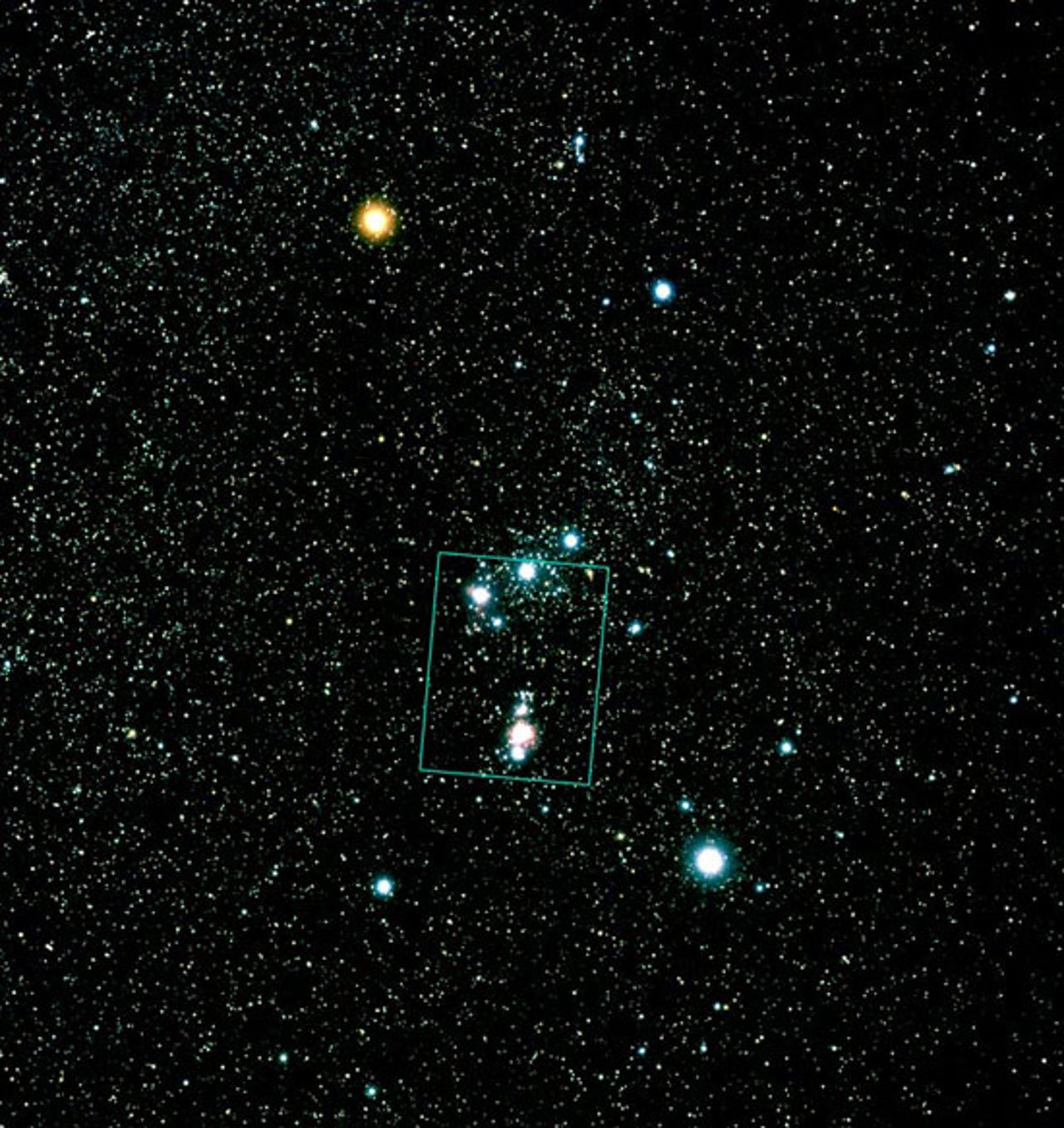Images: Traveling inside Orion's sword


Orion
Orion the Hunter is one of the most easily recognized constellations. It includes stars many people recognize: red giant Betelgeuse (upper left) and blue giant Rigel (lower right). The three stars in the middle make up the belt. Just below is the sword, the Orion Nebula, which can be seen by the naked eye in very clear dark skies.
Orion stars
This image, one of the sharpest ever taken by the Hubble telescope, contains about 3,000 stars--many have never been seen in visible light.
Trapezium
The bright lights of the Trapezium Stars illuminate this area of the Orion Nebula. Ultraviolet light from these stars is creating a cavity in the nebula and disrupting the growth of hundreds of stars. A whitish-looking disk, between and just above the two bright stars on the left, is a bubble of gas and dust.
arcs amd bubbles
Arcs and bubbles are formed in this region by the solar winds ejected by the Trapezium stars, which collide with material.
nebula art
This star-forming region of the Orion Nebula, rich in galactic colors, is full of scientific wonders and would make an artist proud.